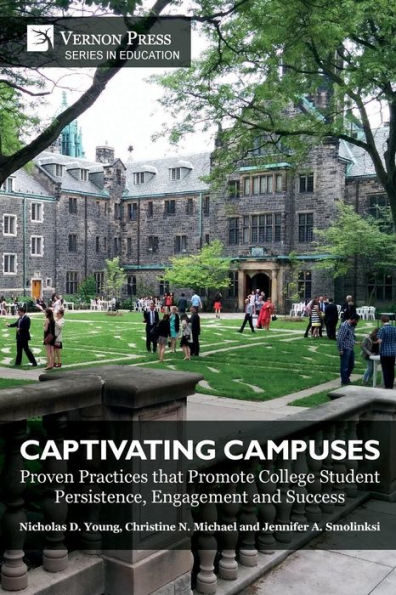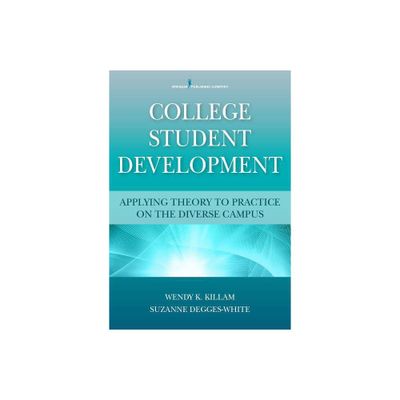Home
Engaging Images for Research, Pedagogy, and Practice: Utilizing Visual Methods to Understand Promote College Student Development
Loading Inventory...
Barnes and Noble
Engaging Images for Research, Pedagogy, and Practice: Utilizing Visual Methods to Understand Promote College Student Development
Current price: $180.00


Barnes and Noble
Engaging Images for Research, Pedagogy, and Practice: Utilizing Visual Methods to Understand Promote College Student Development
Current price: $180.00
Loading Inventory...
Size: Hardcover
*Product Information may vary - to confirm product availability, pricing, and additional information please contact Barnes and Noble
This book introduces practitioners and researchers of student affairs to the use of images as a means to gaining new insights in researching and promoting student learning and development, and understanding the campus environment. Visual research methods can surface and represent ideas in compelling ways and augment the traditional written word and numerical data methodologies of social science research. The purpose of this book is to provide informative, rich examples of the use of visuals to understand and promote college student development research, pedagogy, and practice.With the increased accessibility of cameras, the ability to engage in image production has become widely available. Individualincluding college students, faculty, and administratorsnarrate the social world in new ways using visuals. While on the one hand students are using images to mobilize around social issues on campus, on the other, institutionally produced visual artifacts send messages about institutional culture and values. In promoting visual literacy, this book offers new opportunities for student development administrators and faculty to utilize the visual sensory modality and image-based artifacts to promote student success and belonging which are critical outcomes of higher education.The book is divided into three sections: research, pedagogy, and practice. The first makes the case for adding visual methods to the researcher’s toolbox, describing past uses and outlining a theoretical approach to visual methods and methodologies in higher education research. The pedagogical section demonstrates different and creative ways for educators to think about how subjectssuch as social justicemight be taught and how educators can draw upon new, changing modalities in their existing pedagogies and frameworks; and it illustrates how visual-based pedagogies can prompt students to new understandings about the content of their course of study. The concluding section describes how student development professionals can also utilize visual methods to provide students with out-of-classroom learning opportunities and as a means to stimulate student reflection and identity development. It also explores how visual methods can serve a way for practitioners to reflect on their professional practice and use of theory in their work. Intended for higher education educators, researchers, and practitioners who teach, research, and promote college student development and learning, this book could also be used in student affairs and higher education courses and professional development workshops.














